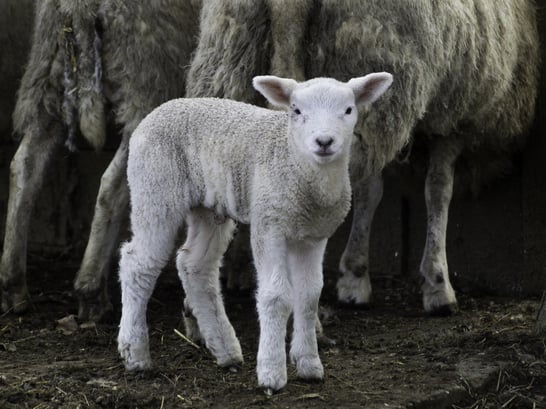For a long time, the WoolSafe specifications for carpet maintenance products excluded the addition of bleaching agents. This “no bleaching agent” rule was really against chlorine bleaches, which were extensively used in cleaning products at the time WoolSafe was born 20 years ago. They are very aggressive, harmful to wool, and are still excluded by WoolSafe.
However, oxidizing bleaches have always been allowed in specialist spotters for professional use, but not in consumer products. About 10 years ago, consumer spot removers started appearing on the market with a small amount of hydrogen peroxide in them and this prompted a performance standard review by WoolSafe.
First, we carried out a field study in cooperation with some UK carpet mills. Participating mills were sent a number of consumer spotters, some of which were so-called ‘oxispotters’, and were asked to test them on a representative sample of their carpets.
All of the mills reported no bleaching, loss, or change of colour on the tested carpets, so it was concluded that these oxispotter products if used correctly, did not cause damage to the wool fibre or the wool dyes. The hydrogen peroxide they contain quickly decomposes to oxygen and water anyway and leaves no residue. We must emphasize that the hydrogen peroxide content of those tested products did not exceed 3%.

Later, products with much higher hydrogen peroxide content (generally above 5%), appeared on the market. They are still
excluded from WoolSafe and can only be used by professionals in situations where their potential effect on the colour is outweighed by
the necessity to remove a stubborn stain. The peroxide content of products that are designed for general cleaning of large areas is
limited to a maximum of 1%.
More recently we investigated the effect of peroxide on the natural, creamy colour of wool. It is well known that light, particularly
the ultraviolet part of sunlight causes this creamy colour to disappear quite rapidly – usually in a matter of a few weeks. This is
generally known as photo-bleaching.
However, prolonged exposure to sunlight will cause yellowing of wool again (and fibre degradation), particularly when the wool is made
slightly alkaline.
WoolSafe carried out experiments on three wool carpets: an undyed cream carpet, a dyed grey one, and a dyed brown carpet that we
knew was susceptible to photobleaching.

In one experiment pieces of these carpets were exposed to sunlight for two months. Instrumental colour difference measurements
between the covered and exposed carpets showed that the undyed wool became 1.5 units of colour difference lighter, the brown
carpet 3 units and the grey carpet 0.4 units lighter.
Separate pieces of the three carpets were treated with increasing amounts of hydrogen peroxide (H2O2).
These tests showed that the effect of 3% H2O2 bleaching on the undyed cream carpet is the same as that of sunlight. Higher concentrations bleached it more, but there was no difference in effect between 5% and 8% H2O2.
The brown carpet was relatively unaffected by H2O2 up to 3%. However, with higher concentrations, the colour difference on the brown carpet was bigger than on the undyed carpet. Again, there was no difference in effect between 5% and 8% H2O2.
The grey, dyed carpet, was relatively unaffected by either sunlight or H2O2.
This proves again that a low concentration of peroxide – up to 3% H2O2 – does not damage fast colours, but can have a lightening effect on a new, undyed wool carpet. This seemingly “bleached” spot can gradually disappear when the surrounding carpet photo-bleaches and the spot effectively blends in, but it is better not to use peroxide where photobleaching or first fade can be an issue.
It also means that H2O2 in higher concentrations must be used with caution. That’s another reason why WoolSafe does
not approve cleaning agents or spot removers containing more than 3% H2O2.
